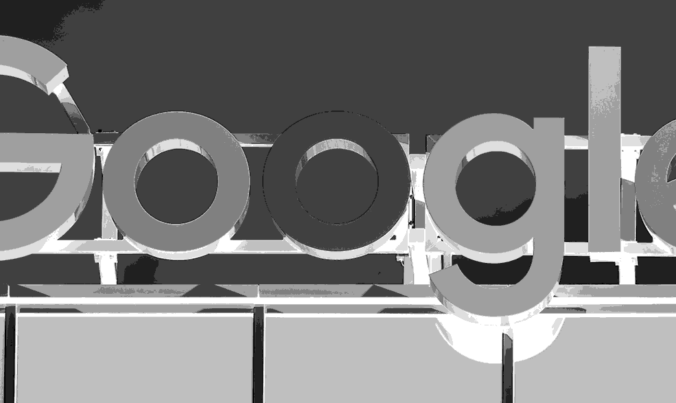- - PPC - Google Update - PPC - Google Update - PPC - Google Update

IF YOU’RE RUNNING A PPC CAMPAIGN AND WANT TO GET MOST OUT OF IT, YOU MUST KNOW ALL ABOUT PPC CONVERSION TRACKING BEFOREHAND. BY SIMPLY PUTTING A SNIPPET OF CODE TO YOUR WEBSITE, YOU’RE NOT GOING TO GAIN ANYTHING UNLESS YOU HAVE A PROPER PLAN TO OPTIMISE YOUR REPORTS AND PERFORMANCES. SO, IF YOU’RE SERIOUS ABOUT YOUR PPC CAMPAIGN, TAKE THE SHELTER OF GOOGLE ADWORDS. HERE, YOU CAN TRACK ALL THE ACTIVITY OF YOUR USERS ASSOCIATED WITH YOUR PPC CAMPAIGN.
Though there are many types of PPC conversions, you can track mainly 4 types of PPC conversions in Google AdWords.
If you want to track every single activity happening on your site, you should go for this conversion tracking. From purchase to sale and from leads to sign-ups, you can track everything in this conversion tracking section. You can even optimise the views of a particular page.
If you’re an owner of an app and you’re running PPC ads in your app, you can track all your in-app actions efficiently with Google AdWords. You can even track app installs. Just visit your app analytics platform and voila, you will find every activity’s report in front of your eyes! To make your work seamless, AdWords can be integrated with Firebase app and Google play store app too.
If you have a customer base that is more active in your business through phone calls rather than on your website and you’re running PPC campaigns targeting those customers, you need to go for this conversion tracking. Google search engine has many ways to drive phone calls effectively from the ads. To ensure a better experience, there is even a call-only ad format, which prompts a call upon clicking the ad. To track PPC conversions of phone calls ads, you have three ways. To track call-only ads, click on call extension in Google AdWords dashboard. Make sure you use Google forwarding number, else the report won’t be reliably accurate. You can also track the calls of users, who call through their number on your website number by clicking the ad. This data is visible on the landing page of your site. If you want to track the clicks on the phone number of your site, you’ll require to add a tag to your mobile website. By doing this, you can easily optimise the accurate clicking reports. For this, you don’t need to use Google forwarding numbers
Import is the newest and easiest way to track PPC conversion in Google AdWords. The best thing about import tracking is that it helps you track even the activities that happen offline. In import system, data is extracted by an analytical platform or by a CRM (Customer Relationship Management) platform. Import tracking system also gives you the freedom to upload the file or conversion from any other app analytics.
In this article, we have talked about Google Forwarding Number. Do you have any idea what it is? Well, Google uses a number to track all the activity from AdWords ads. This number is always unique and Google automatically assigns this number to advertiser’s phone number. Most likely, Google forwarding number will be the same as the area code of your business.
If you don’t want to go with Google AdWords, you can try Bing Ads tracking. To enable tracking in Bings ads, you’ll need to implement ‘Universal Event Tracking’(UET), which will allow you the accurate tracking report as well as targeting the right audience. Without UET, you can’t enjoy all the features of Bing ads tracking. So, make sure you use it right from launching the PPC ad campaign.
Give us your email and we'll do the same thing every other performance marketing agency does... never email you.